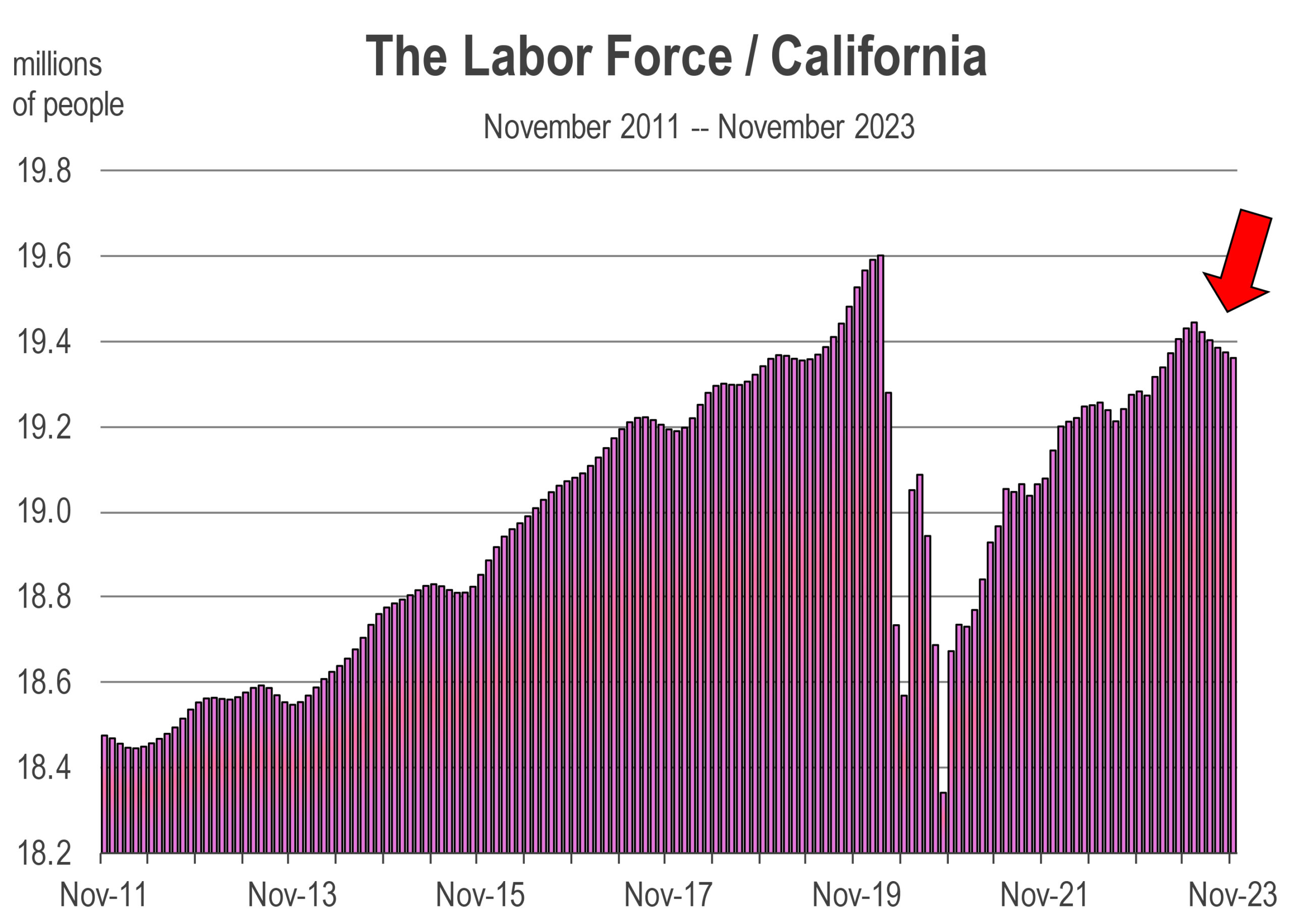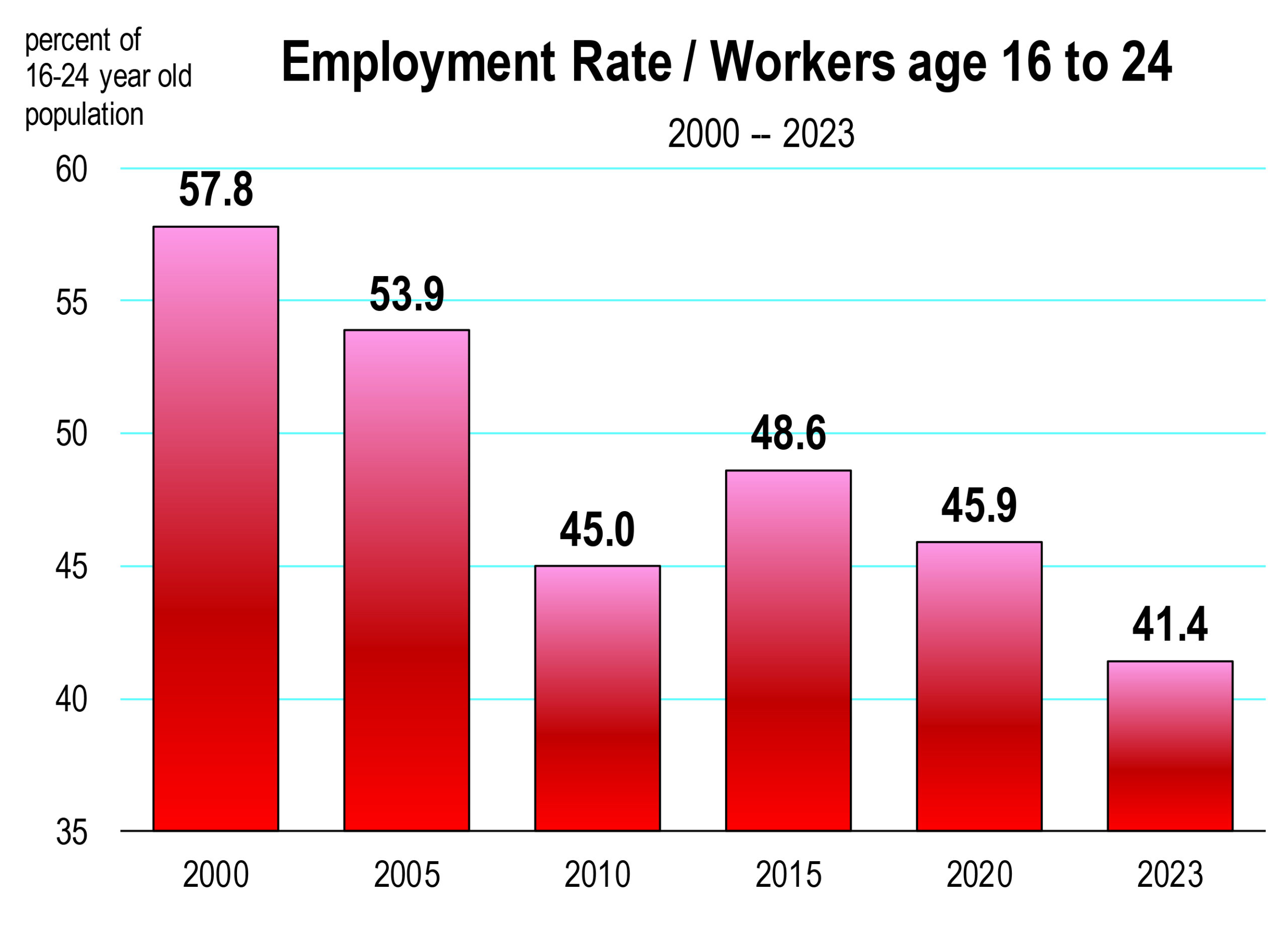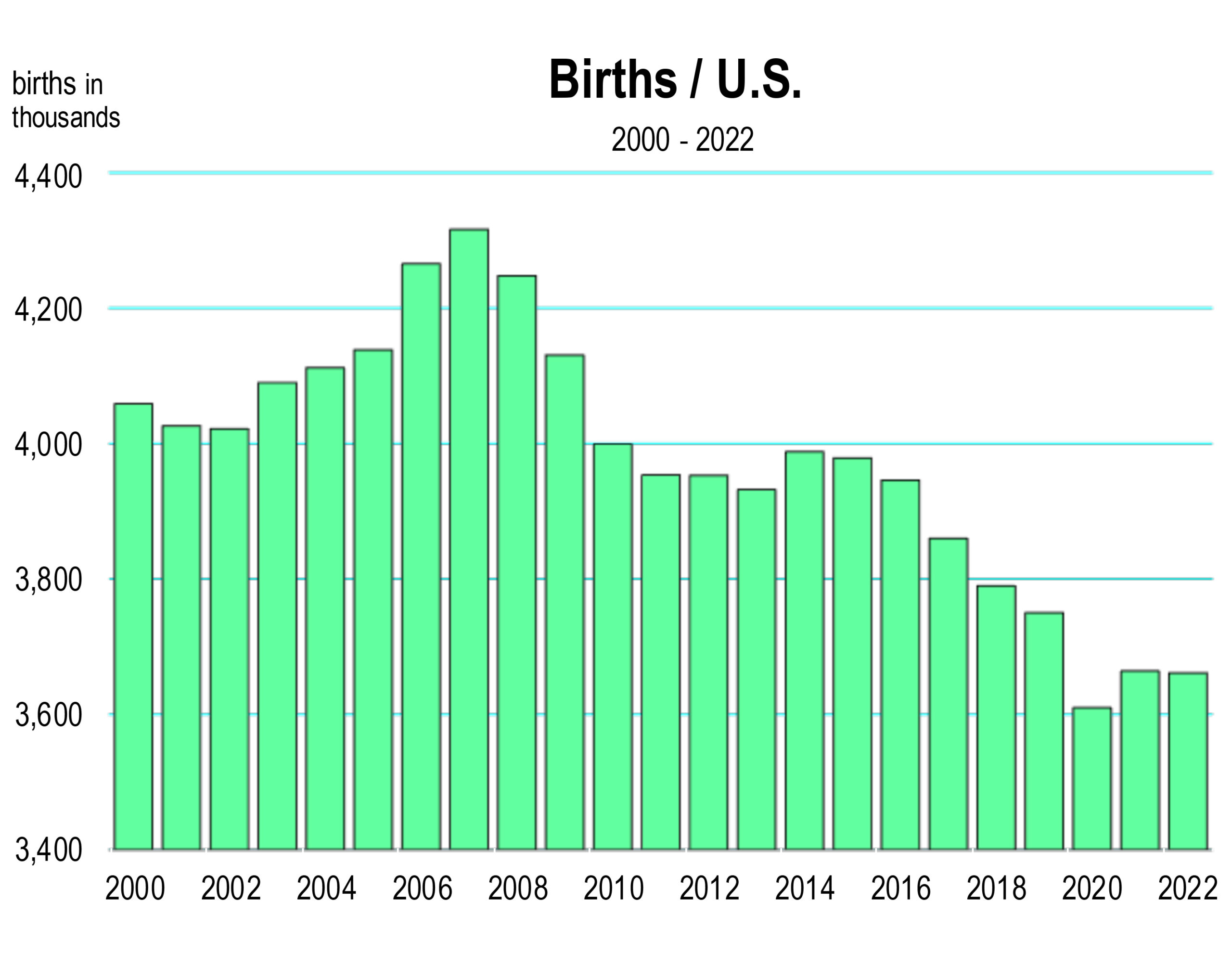Mark Schniepp
January 5, 2024
We have been hearing about the “Forever” labor shortage and that we have to evaluate our hiring strategies from now on.
A principal reason for this is due to a demographic shift of the generations that can be demonstrated with some simple numbers:
2010 2020
——— percent ———-
Population age 65 and over 12.8 16.8
Population age 25 and younger 34.3 31.5
Today, 65 and older populations now represent 17.4 percent. This age cohort is increasing at an accelerating rate.
Today there are 16 million more people that are 65 or older than there were in 2010. So technically speaking, we are witnessing the slow departure of 16 million people from the labor force over time, and lately, that rate of departure has been hastened because the peak year for boomers was 1958, exactly 65 years ago.
A growing labor shortage is a critical concern affecting both workers and employers. As the baby boomer generation retires, workforce participation faces downward pressure due to an aging population.
Millennials, born between 1981 and 1997, comprise around 56 million workers. However, they won’t be enough to compensate for the skills gap left by retiring baby boomers. We have warned that this could result in a shortage of highly educated talent in the future, making it challenging for organizations to find skilled or experienced employees. And certainly enough, this condition is prevailing now.
After a meaningful decline from 2002 to 2012, participation rates in the labor force leveled off from 2012 to 2022. Now they are falling again.
In California, the growth of the labor force was consistently positive up until the pandemic. The labor force started coming back in 2021 but not entirely, and now it’s falling again.
The expectation is that less of the population under age 55 will be in the labor force by 2032. The only cohort that will participate more than now is age 65 and over, especially 75 and over. This is consistent with the Baby Boomer work ethic.
Today, boomers are 60 to 78 years old and many are still in the labor force. In 2032, they will be 68 to 86, and largely out of the labor force.
We need more workers now, but we’re not going to get them. If anything, we may see an accelerated rate of boomer retirement, especially if the stock market and home prices continues to rise.
So while we all fear becoming obsolete due to automation and the rapid onset of AI, we are safe at the moment because the labor market is at full employment and firms can’t really fill all their job openings.
Despite the slowdown I’ve been writing about these last few months regarding the 2024 economy, the labor market is going to be largely immune to the slower growth economy, particularly as long as job openings exceed workers.
Employers are going to need a strong and strategic workforce plan to replace retiring boomers. Gen X, the post-boomer generation, was smaller in total numbers and there will not be enough of them. Millennials lack essential work experience. Gen Z represent entry level age workers and many are still in school. Furthermore, they are not entering the labor force as past generations their age have. In 2002, 63.3 percent of 16 to 24 year olds were in the labor force. Today, 55.6 percent of the same age cohort is working. This is projected to decline to 51.3 percent by 2032.
The floods of immigrants coming over the border today may sound like a solution except that many of them entering into the U.S. from Mexico, other Latin American countries, China, Africa, Eastern Europe, and the Persian Gulf do not have the necessary skills.
The growing labor “shortage” is significant now and will only intensify going forward.
Demographic experts indicate this is not a temporary condition, but rather a permanent one. Longer term, these trends are reversible if Gen Z has more kids, but (1) that’s not yet the case, and (2) we can’t rely on it.
The California Economic Forecast is an economic consulting firm that produces commentary and analysis on the U.S. and California economies. The firm specializes in economic forecasts and economic impact studies, and is available to make timely, compelling, informative and entertaining economic presentations to large or small groups.



